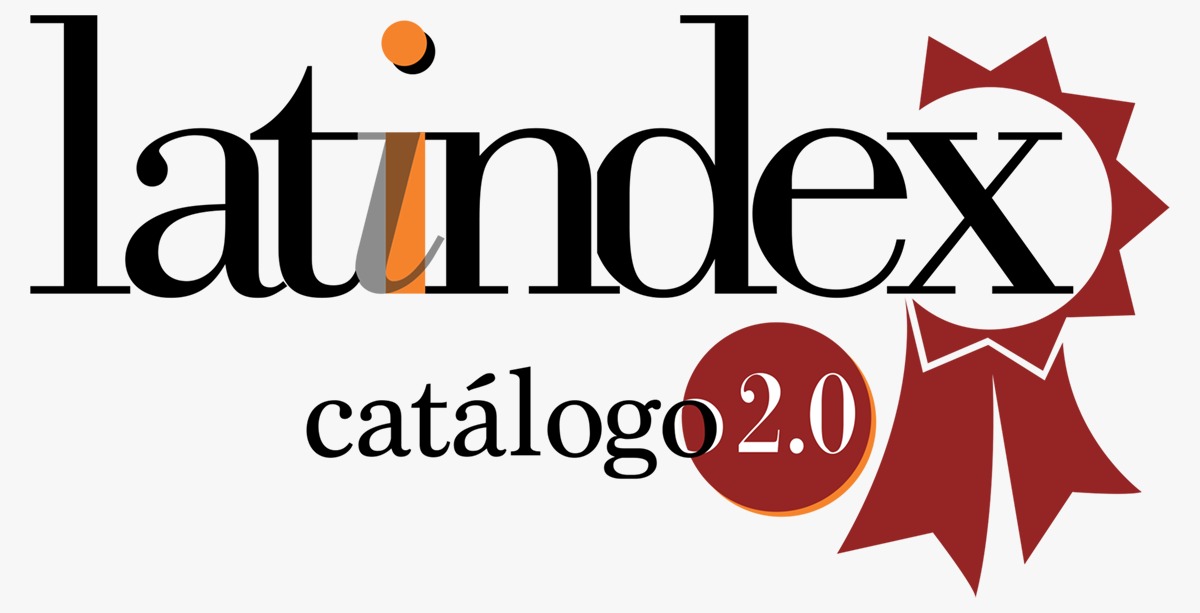Parliamentary Interregnum. Period between the dissolution of the congress and the election of the new congress. September 2019 - March 2020. Peru
DOI:
https://doi.org/10.47865/igob.vol4.2021.137Keywords:
Parliamentary Interregnum, Congress of the Republic, PeruAbstract
The lack of critical, constructive and transcendent dialogue between the executive and legislative branches, since the election of Pedro Pablo Kuczynski - PPK (2016) despite intense obstructionism by 73 congressmen elected from Fuerza Popular led by Keiko Fujimori, in the The Congress of the Republic results in its dissolution by Martín Vizcarra, PPK's replacement (2016) and an unprecedented situation occurs in the political history of Peru, the parliamentary interregnum that is equivalent to a space in which a parenthesis is opened between the Presidential dissolution decree and it is closed when the new elected congress is installed, who will give an account of the actions of the Permanent Commission of the Congress of the Republic. An analysis is made of the criteria that justify the parliamentary interregnum from the constitutional point of view as well as the legal aspects of the action of the Permanent Commission in the face of the evaluation of the emergency decrees issued by the executive branch and subsequent control of when the new one is installed. Congress whose election took place on January 26, 2020 in Lima.
Downloads
References
Andina. (2019, 16 de diciembre). Declaran improcedente demanda contra disolución del Congreso. https://andina. pe/agencia/noticia-declaran-improcedente-demanda-contra-disolucion-del-congreso-778457.aspx
Cairo Roldán, O. (2016). La disolución parlamentaria en el Perú. Pensamiento Constitucional (21), 27-44
Calle, M. C. (2020, 27 de enero). El nuevo Congreso de Perú queda fragmentado y con poca fuerza fujimorista. France 24 https://www.france24.com/es/20200127-el-nuevo-congreso-de-perú-quedafragmentado-y-con-poca-fuerza-fujimorista
Campos, M. (2014) Relaciones Ejecutivo-Parlamento: grupos parlamentarios y mecanismo de control político al Poder Ejecutivo. PUCP
Congreso de la República de Perú. (2020, 17 de marzo). Resolución Legislativa 001-2020-2021-CR. Resolución legislativa del congreso que modifica el reglamento del congreso. Diario Oficial n.° 26.722. https:// busquedas.elperuano.pe/normaslegales/resolucion-legislativa-del-congreso-que-modifica-elreglamen-resolucion-legislativa-n-001-2020-2021-cr-1865053-1/
Delgado-Güembes, C. (2016). El orden representativo, la organización del Congreso y los procesos parlamentarios. Congreso de la República.
Hakansson, Carlos (2020) El interregno parlamentario equivale a un paréntesis que abre el decreto de disolución, y que se cierra con la decisión política del Congreso sobre lo actuado por el ejecutivo. .https://www.udep.edu.pe/hoy/2020/02/el-interregno-parlamentario-y-sus-garantias/
Jiménez Mayor, J. (1994). Las relaciones Parlamento-Ejecutivo y el sistema legislativo: algunas explicaciones en torno a la crisis política peruana. Pensamiento Constitucional, (1), 147-176.
Tribunal Constitucional. (2019). Expediente 0006-2019-CC/TC. Sentencia del caso sobre la disolución del Congreso de la República. https://tc.gob.pe/jurisprudencia/2020/00006-2019-CC.pdf
Downloads
Published
How to Cite
Issue
Section
License

This work is licensed under a Creative Commons Attribution-NonCommercial-ShareAlike 4.0 International License.
Esta obra está bajo una licencia internacional Creative Commons Atribución-NoComercial-CompartirIgual 4.0.
















